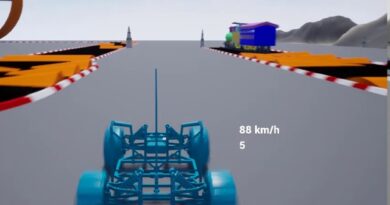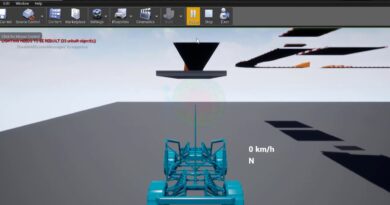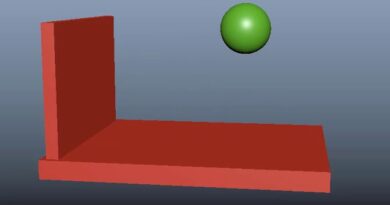Complete Steps of creating 2D and 3D Animated Video and Games
Complete Steps of creating 2D and 3D Animated Video and Games.
Contents [hide]
- 1 Complete Steps for Creating 2D & 3D Animated Videos and Games
- 2 Part 1: Creating a 2D or 3D Animated Video
- 3 Pre-Production (Planning & Concept)
- 4 Production (Animation & Graphics)
- 5 Post-Production (Rendering & Editing)
- 6 Part 2: Creating a 2D or 3D Game
- 7 Game Planning & Design
- 8 Game Development
- 9 Testing & Optimization
- 10 Game Publishing & Marketing
- 11 Tools & Software Used
- 12 Complete Steps of creating 2D and 3D Animated Video and Games
- 13 Getting Started with 3D Game Animation
Complete Steps for Creating 2D & 3D Animated Videos and Games
Creating 2D & 3D animated videos and games requires a structured workflow, from planning to final output. Below is a step-by-step guide covering both animation and game development processes.
Part 1: Creating a 2D or 3D Animated Video
(Animation for Movies, Advertisements, or YouTube Videos)
Pre-Production (Planning & Concept)
Idea & Script – Develop a story or concept.
Storyboarding – Create a visual sequence of key scenes.
Character Design – Sketch characters, environments, and assets.
Voice Acting & Sound Design – Record voiceovers and sound effects.
Production (Animation & Graphics)
For 2D Animation:
Frame-by-frame animation (e.g., Adobe Animate, Toon Boom)
Cut-out animation (e.g., Moho, After Effects)
Rigging & Motion Tweens (e.g., Spine for character animation)
For 3D Animation:
Modeling – Create 3D objects (e.g., Blender, Maya, 3ds Max)
Texturing & Shading – Add colors & materials
Rigging & Skinning – Add bones for movement
Animation & Camera Setup – Animate characters & scenes
Post-Production (Rendering & Editing)
Rendering – Export animation frames with lighting & effects
Editing – Add effects, transitions, and sync audio (Premiere Pro, After Effects)
Music & Sound Effects – Enhance storytelling with sound
Part 2: Creating a 2D or 3D Game
(Game Development for PC, Mobile, or Consoles)
Game Planning & Design
Concept & Game Idea – Define gameplay mechanics & objectives
Game Design Document (GDD) – Detailed plan of game elements
Art Style & Assets – 2D sprites or 3D models
Game Development
For 2D Games:
Sprites & Animations – Create characters & objects (e.g., Photoshop, Aseprite)
Game Engine Selection – Unity, Godot, Construct, etc.
Coding & Scripting – Program interactions (C# in Unity, GDScript in Godot)
For 3D Games:
3D Modeling – Blender, Maya, or 3ds Max
Level Design – Build environments (Unity, Unreal Engine)
Physics & Mechanics – Program AI, movement & interactions
Testing & Optimization
Bug Fixing & Debugging – Remove errors
Performance Optimization – Reduce lag & improve smoothness
User Testing – Playtest and gather feedback
Game Publishing & Marketing
Export Game – Build for PC, Mobile, or Console
Marketing & Launch – Promote on social media, Steam, Play Store
Tools & Software Used
2D Animation: Adobe Animate, Toon Boom Harmony, Moho
3D Animation: Blender, Maya, 3ds Max
2D Game Development: Unity (C#), Godot (GDScript), Construct
3D Game Development: Unreal Engine (Blueprints), Unity (C#)
Want help choosing software or learning a specific step? Let me know!



